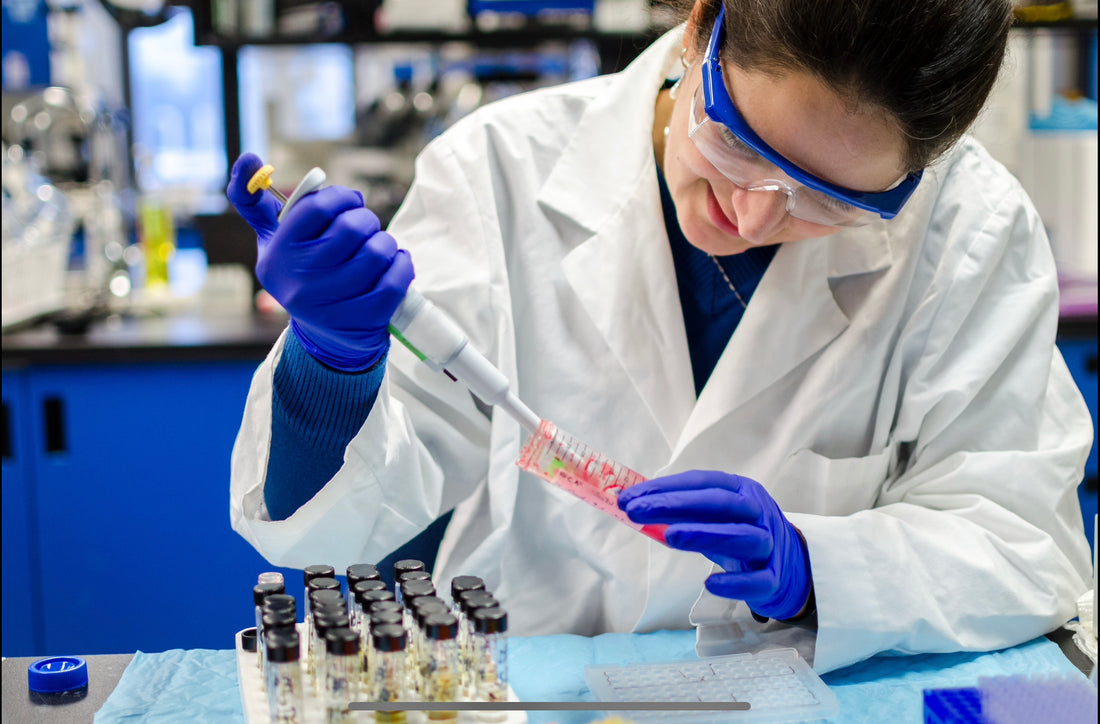Blood lipid examination is a common medical examination, mainly for the measurement of lipid substances in human blood, mainly including cholesterol, triglyceride and low-density lipoprotein and other indicators. Normal lipid levels are critical, as hyperlipidemia is one of the risk factors for many chronic diseases. In this article, I will explain the diseases that can be detected by blood lipid testing, the prevention methods and symptoms of related diseases.

The following diseases can be detected by blood lipid test:
1. Coronary artery disease: Coronary artery disease is a disease of blood vessels caused by thickening and blockage of the walls of the coronary arteries. High cholesterol and hypertriglyceridemia are among the main risk factors for coronary heart disease. A lipid profile can help detect the risk of coronary artery disease.
2. Stroke: Stroke is a medical condition resulting from an ischemic or hemorrhagic stroke that may have serious physical sequelae. High cholesterol and hypertriglyceridemia are among the risk factors for stroke. A lipid profile can help detect stroke risk.
3. Obesity: Obesity is a disease caused by poor diet, lack of exercise, etc. High cholesterol and hypertriglyceridemia are among the risk factors for obesity. Lipid testing can help detect obesity risk.
4. Metabolic syndrome: Metabolic syndrome is a condition caused by factors such as high cholesterol, hypertriglyceridemia, high blood pressure, and diabetes. A lipid profile can help detect the risk of metabolic syndrome.
Precautionary measures are important for people with high cholesterol and hypertriglyceridemia. Here are some ways you can prevent dyslipidemia:
1. Dietary changes: Choose a low-cholesterol and low-fat diet. Some healthy food choices include: whole grains, fruits and vegetables, chicken and fish. At the same time, avoid high-fat foods such as fried foods, red meat and butter.
2. Exercise: Get some exercise, which can help lower cholesterol and triglyceride levels. At least 150 minutes of aerobic exercise per week is recommended.
3. Losing weight: If you are overweight, losing weight can help lower your cholesterol and triglyceride levels. Weight loss often results in a decrease in total body cholesterol and LDL levels.
4. Herbal remedies: Some natural plants contain compounds that can help lower cholesterol and triglyceride levels, such as soybeans, red yeast rice, etc.
When you suspect that you may have high cholesterol and hypertriglyceridemia, it is recommended to have a blood lipid test as soon as possible to confirm the diagnosis. Here are some possible symptoms:
1. Xanthomas: These are small accumulations of yellow or orange fat under the skin, usually around the eyes and close to the eyeballs.
2. Chest tightness or pain: Symptoms of ischemic heart disease due to disturbances in heart metabolism.
3. Peripheral arterial disease: Widespread disease of the arteries caused by cholesterol deposits on the arterial walls.
Generally speaking, blood lipid test is a very useful method. It is very important to conduct regular blood lipid examinations to monitor blood lipid levels, and possible chronic diseases can be detected in advance, and the occurrence of related diseases can be effectively prevented and controlled through dietary measures, exercise and herbal treatment.

